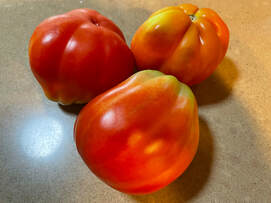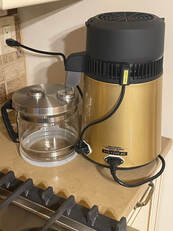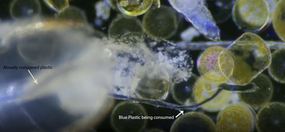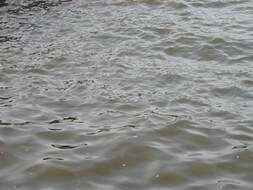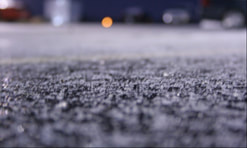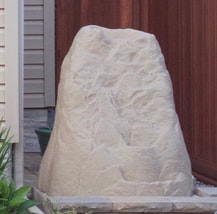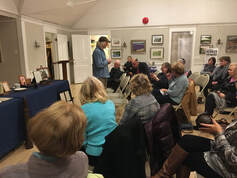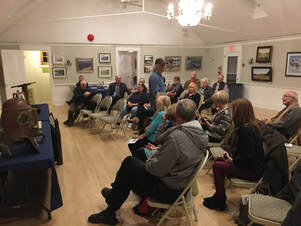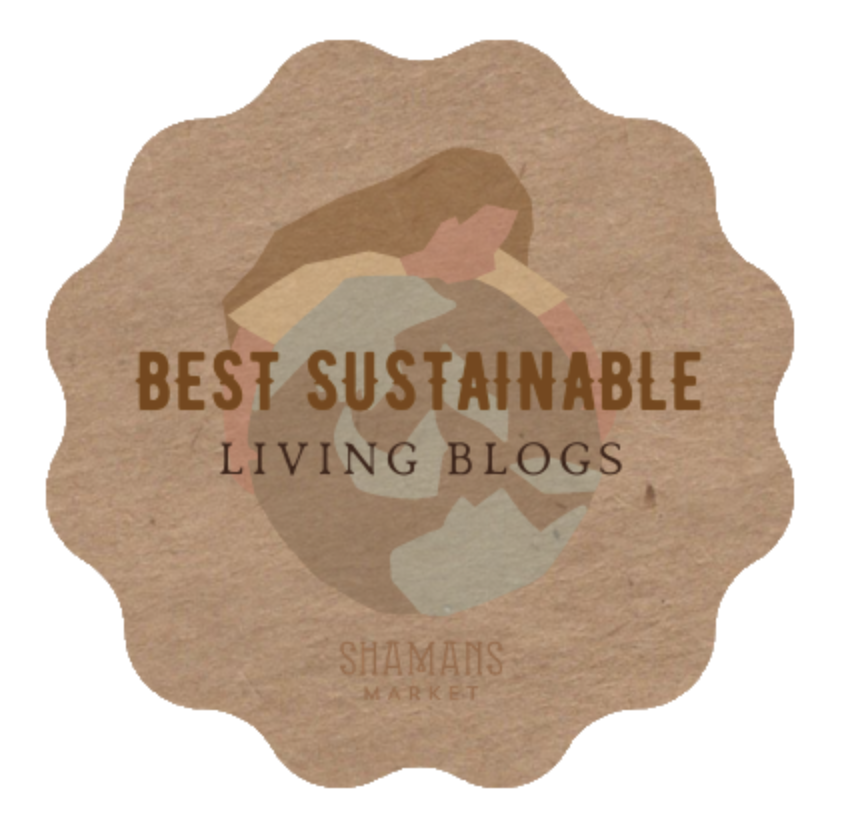“Look at yourself, swallowing whole whatever they’ve been feeding you.
Can’t tell truth from lie!"
 See This True Story Movie ASAP
See This True Story Movie ASAP Therefore, this weekend… download, rent, or borrow, the movie Dark Waters, staring Mark Ruffalo and Anne Hathaway. Don’t make popcorn, this isn’t an enjoyable movie. This is true humankind corruption, and greed, at the worst. We are all paying the price, even today. When we take our eyes “off the ball” by watching those talking the loudest with paid media bullhorns, we fail to see the real lie being sold to us.
In Dark Waters, the events that occurred, and the 1 Billion dollars a year profit, were protected by the DOJ dropping chemical investigations that would have proved that the big corporation in question, knew of the dangers since the 1970s, but went ahead with sales anyway. In the end, only a 600 million dollar payout was made. All this happened under administrations that many believe are environmental advocates, but in truth, far from being heroes.
These sad truths happen every day, even Going True Green’s freelance Chemistry Scientist, had to deal with corruption at her first full time jobs. Twenty five years ago she worked for an Environmental Consulting Company that was hired by Big Oil. They had a contract to monitor ground water at gas stations to see if the gas tanks had leaks. By law she had to report her findings periodically to meet and comply with NJDEP. Big Oil told her to sit on the reports, no need to rush. If you miss a deadline, you will get a letter and you can delay even more. The DEP is not going to take us to court for reports, because the cost will be beyond their budget. Being of strong moral character, she went to her boss, who was a PE, and in turn he told her not to submit her reports. He also told her not to “Flag” any key chemical pollutant in her reports, because he saw this as the way to keep doing business with Big Oil. His justification was with this analogy:
If you are speeding on a highway and go by a police car, you don’t pull yourself over and tell the police that you were speeding.
His analogy is wrong! His company wasn’t in the driver’s seat, they were in the passenger seat to make sure the driver was complying with the law.
As for her first job that was in Georgia, she worked for an environmental consulting company. They were hired by a chemical company that was paying for the clean-up around one of their closed facilities that operated in the 1950s and 1960s. This was an EPA Superfund site. The EPA wanted the site to be tested for a few specific chemicals. She did the field sampling out in the salt march. Her labeled samples were sent out, with a list of what chemicals to test for as specified by the EPA.
The consulting firm she worked for, hired a lab as a subcontractor, to do the chemical analysis. When the lab did the testing, they added a test for a very toxic chemical in the Mercury family of chemicals. This was done because the scientists at the lab knew this toxic chemical was very likely there. And it was. The lab reported the results to her company and her boss told the lab to destroy the results, because the extra test they did was not required by the EPA. Now, we must also ask, why the EPA did not require the testing for a very likely toxin? The lab scientists knew there was a good chance of this toxin being in the samples based on the chemicals used at that old facility. Why didn’t the EPA scientist realize this, or did they?
I can add my own stories of corruption and greed from over the years ranging between politicians to companies cutting corners, but that is a story for another GTG blog. In the end, the guilty are all individuals, corrupted by power and money.
God help us all.
Bill Lauto, at GoingTrueGreen.com
Environmental Scientist
International Sustainability and Energy Consultant
Contribute your comments!
| FOR TWO THOUSAND YEARS WE HAVE HAD THE BURIAL CLOTHS THAT COVERED JESUS' BODY. WHAT STORY DOES ALL THE EVIDENCE TELL? Authenticity of the Holy Shroud of Turin can no longer be disputed. Jesus' linen Sindone not only gives us a photograph of Jesus' face, but His whole body front and back, fully crucified. An image made 2,000 years ago for us to see today with our modern technology. An image made a nanosecond before the resurrection. There are no viable theories left or evidence to present a possibility of forgery. |
The fascinating adventure starts with clicking the image Link above to walk with the apostles in the streets of Jerusalem, cry for their pain, and rejoice with them.


